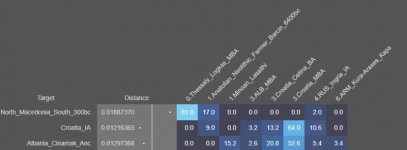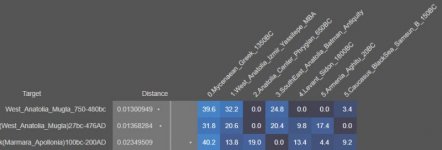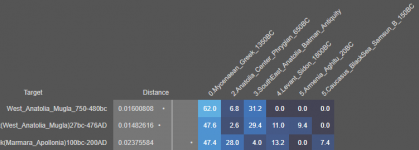Francesco
Regular Member
- Messages
- 303
- Reaction score
- 267
- Points
- 63
- Ethnic group
- Italian (tuscan)
Should we discard that an ancient person from Thessaly is similar to a modern person from that same region? Just because the specimens pre-date Mycenaeans? Or should we head towards the direction that Ancient Greeks were made of Mycenaeans, Logkas type people and later on Western Anatolians?
Where the Logkas type people mostly settled in the interior parts of the mainland? Was South Italy mostly colonized by coastal (Mycenaean) Greeks, rather than Logkas type Greeks?
Is the Bronze Age collapse related to people from the interior of Greece/Balkans taking over coastal regions, adding new people to their ranks, then pillaging other parts of the world?
I doubt that the bronze age collapse was singlehandedly caused by logkas-like individuals (dorians) invading the mycenean kingdoms, but your point still stands, in my opinion: we shouldn't assume archaic and classical age greeks were genetically indistinguishable from their bronze age predecessors. Incidentally, if you add logkas-like individuals and anatolian-like individuals to the mycenean profile, you get a mix wich should be more similar to cycladic and deep maniotes inhabitants (with less AN and more CHG and EHG). Historically, this scenario seems sound.








